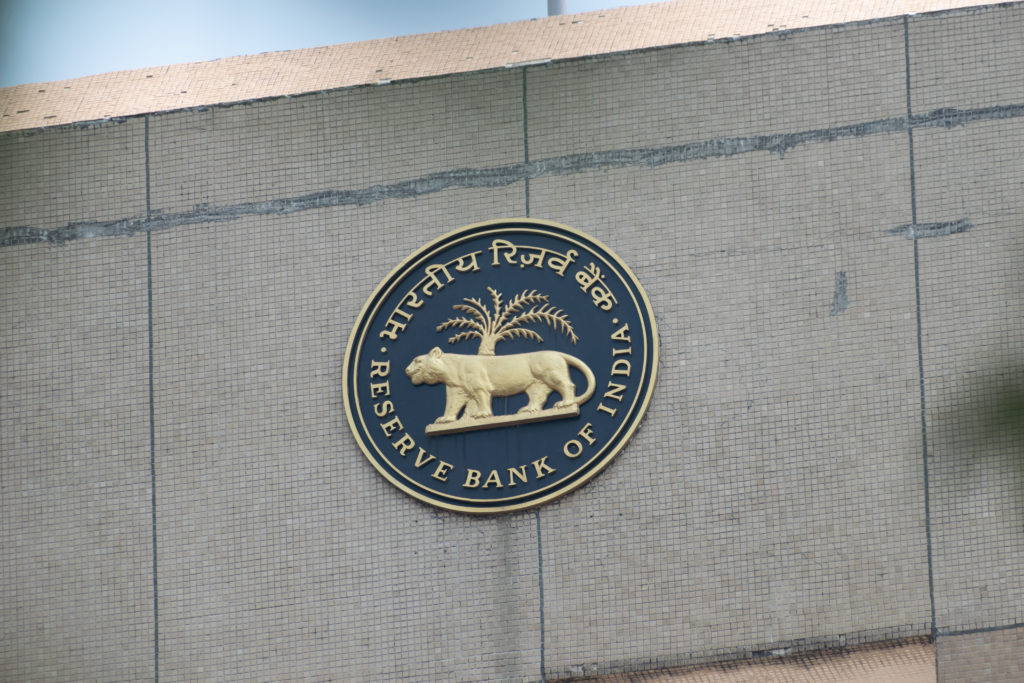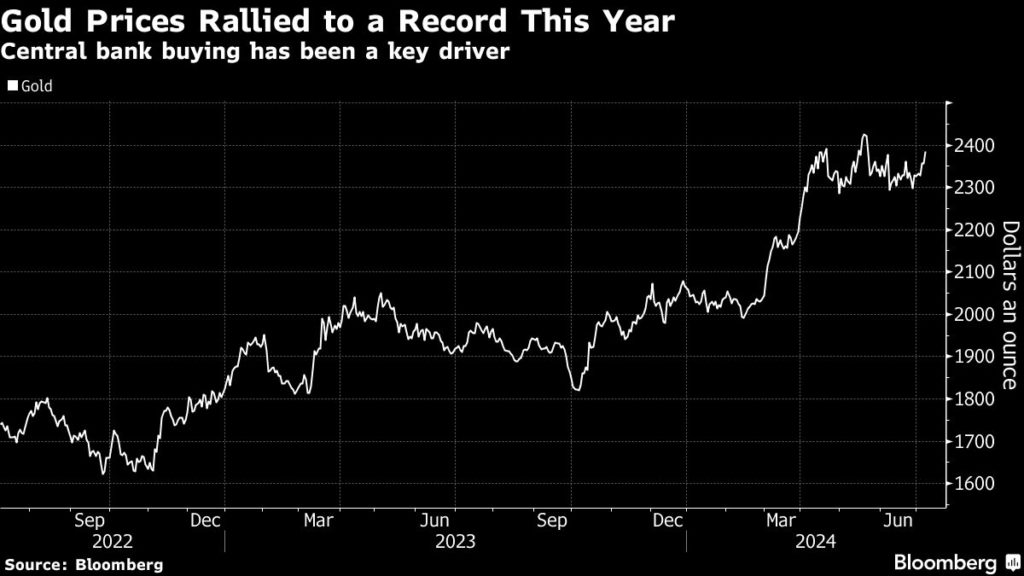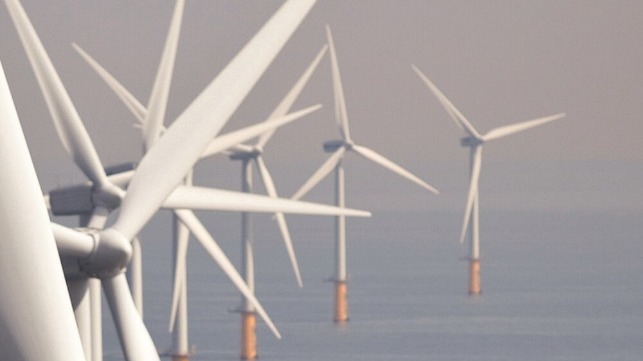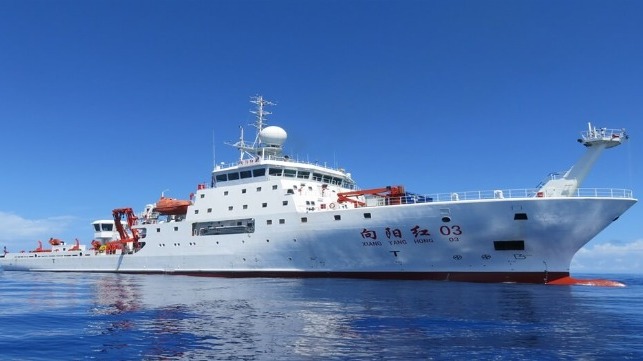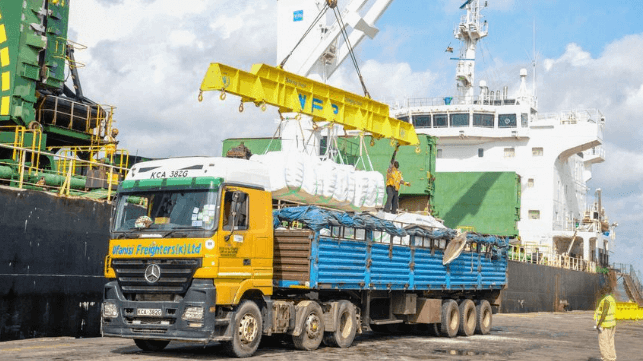The EPA has finalized its tailpipe emissions rules for light-duty vehicles beginning in 2027. When initially proposed, the rule sparked pushback from the automobile industry, among others. As the EPA noted, the rule would require electric vehicles to make up 67 percent of new vehicle sales by 2032.
For perspective, EV sales in the U.S. last year reached a record of 1.2 million vehicles, a 7.6 percent market share, up from 5.9 percent in 2022. To achieve the Biden Administration’s goal of two-thirds of new car sales being electric, EVs’ market share must increase by 60 percentage points over nine years – a questionable undertaking.
Annual auto sales average about 17 million units. Meeting the EPA’s goal requires a 10-fold EV output increase to nearly 12 million a year. This will require huge auto industry investments in new assembly plants, battery plants, mines and processing facilities for the critical minerals needed for EVs. Those minerals – cobalt, graphite, lithium, manganese, nickel and copper ? are in short supply and mostly located outside North America. This means finding mineral deposits around the world and building extensive new supply chains in a short time.
Late to the Party
The U.S. is late to the EV party, and its efforts to catch up are running into resistance.
EV sales have largely targeted the luxury car market, which is limited in size. With an underdeveloped EV charging network and many potential buyers not being able to install home-charging stations, buyers are hesitant.
In addition, EVs are expensive and have limited driving range, which can necessitate charging away from home. They’ve performed poorly in cold weather and are costly to insure and expensive to repair. These hurdles have combined to suddenly slow domestic EV sales – to the dismay of auto executives who were investing billions in new plants as their losses on EVs grew.
The sales slowdown is not limited to the U.S. but has been experienced in Europe and China, the world’s number one EV market. For years, the subsidies-driven boom helped China sell more EVs than Europe and the U.S. combined. The subsidy reduction and consumer spending slowdown meant China’s EV growth rate fell below those of Europe and the U.S. With surplus EV manufacturing capacity, China has set in motion a global expansion strategy.
Global EV Domination?
China is now targeting domination of the global EV market, and why not? If Western governments are determined to rapidly shift away from fossil fuels to renewables, China wants to be the supplier of the cheapest tools to facilitate the move. What would be good for Westerners – cheaper renewable energy products – would be good for China’s economy.
Last year China’s BYD, backed by Warren Buffet of Berkshire Hathaway fame, passed Tesla as the world’s largest EV company. China is riding the nation’s EV boom to revolutionize the car business and leave traditional automakers in the dust. Legacy auto company executives acknowledge that Chinese EV companies are 30 percent faster in developing new EVs.
Rather than following the traditional new model development protocol, these Chinese companies have embraced working on many phases of EV development at once. They’re willing to substitute smaller, faster suppliers for traditional ones. They run more virtual tests instead of time-consuming mechanical ones. And they’ve redefined when a model is ready for the market.
Western automakers admit they’re chasing the Chinese auto companies, once considered also-rans. However, the fear now is that Chinese EV companies may flood the market with cheap EVs at a time when demand is slowing. Financial losses would explode.
NIO, one of China’s leading EV manufacturers, takes less than 36 months from the start of a project to delivery to customers. That’s a year quicker than traditional auto manufacturers. Zeekr, an EV venture of Chinese auto giant Geely, can develop EV models in 24 months. Part of their strategy is to develop various models – SUVs, multipurpose vehicles and hatchbacks – that share the same manufacturing and digital architecture with other Geely brands such as Polestar and Smart.
Another characteristic of the Chinese EV market is the rapid development of new models and the refreshment of older models. Chinese buyers tend to favor the latest models. According to China’s passenger car association, car models launched last year contributed 90 percent of the nation’s passenger car sales growth.
An analysis by AlixPartners shows that “domestic EV makers offer models for sale for an average of 1.3 years before they are updated or refreshed, compared with 4.2 years for foreign brands.”
Instead of being also-rans, Chinese EV companies are being mimicked and even partnered with for their skills rather than as a ticket to enter China’s auto market. Tesla’s Elon Musk and Ford’s CEO, Jim Farley, have warned that their biggest future threats will be from Chinese EV companies. Germany’s Volkswagen is partnering with Chinese EV companies seeking to speed up its design and manufacturing processes. The head of Volkswagen’s China subsidiary noted that it traditionally took four years to bring a new model to market compared with 2½ years for Chinese EV companies.
NIO, once considered to be China’s Tesla-killer, has redefined when a model is ready for market by utilizing “minimum viable products,” which means they build their EVs with more advanced chips, cameras or sensors than their software can support at the time. Once it has developed the new technology to utilize all the unused capabilities, the vehicle is sent software updates over the air.
Solar and Wind Leadership
As China works to dominate the global EV market, it already dominates the solar panel market. It secured access to that technology from European manufacturers and then capitalized on the country’s cheap labor, power and abundant polysilicon supply to undercut competitors.
China now controls 80 percent of the solar panel market and has plans to build more than 1,000 gigawatts of N-type cell capacity, the next generation after P-type, which will be 17 times the capacity of competitors. This market dominance results in Chinese modules costing half that of those made in Europe and two-thirds less than U.S. panels.
Is it any wonder solar subsidies and tariffs are needed in Europe and the U.S. to compete?
When it comes to wind turbines, China controls nearly 60 percent of the global market, largely because it has been installing significant generating capacity and also because the country’s policy is to make renewable energy a foundation for economic growth. In 2022, ten of the world’s top 15 wind turbine manufacturers were Chinese, and they delivered 56 percent of the units installed. Having provided two-thirds of the 156 GW of capacity installed last year, China’s global market share further increased.
Too Little, Too Late?
Western countries are trying to protect and grow domestic competitors to China in all three markets – EVs, solar panels and wind turbines. From government investigations into Chinese manufacturers anticompetitive actions to installing high tariffs and outright restrictions on access to local markets, Western governments are battling a Chinese commercial invasion.
At risk are jobs, capital investments and tax revenues, along with potential national security implications. Recent renewable energy market slowdowns and turmoil have only helped strengthen China’s hand as its actions are blessed by its government, which is looking to the long-term for these industries to underpin the country’s economy.
This economic policy battle will generate unintended consequences that we will only see when they emerge. The biggest loser will be Western consumers forced to buy more expensive items. – MarEx
The opinions expressed herein are the author's and not necessarily those of The Maritime Executive.
